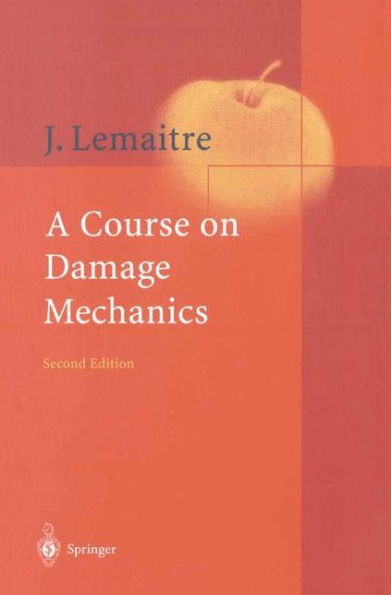5
1
9783540609803


A Course on Damage Mechanics / Edition 2 available in Paperback

A Course on Damage Mechanics / Edition 2
- ISBN-10:
- 3540609806
- ISBN-13:
- 9783540609803
- Pub. Date:
- 06/14/1996
- Publisher:
- Springer Berlin Heidelberg
- ISBN-10:
- 3540609806
- ISBN-13:
- 9783540609803
- Pub. Date:
- 06/14/1996
- Publisher:
- Springer Berlin Heidelberg
99.99
In Stock

Product Details
| ISBN-13: | 9783540609803 |
|---|---|
| Publisher: | Springer Berlin Heidelberg |
| Publication date: | 06/14/1996 |
| Edition description: | 2nd rev. and enlarged ed. |
| Pages: | 228 |
| Product dimensions: | 6.10(w) x 9.25(h) x (d) |
From the B&N Reads Blog
